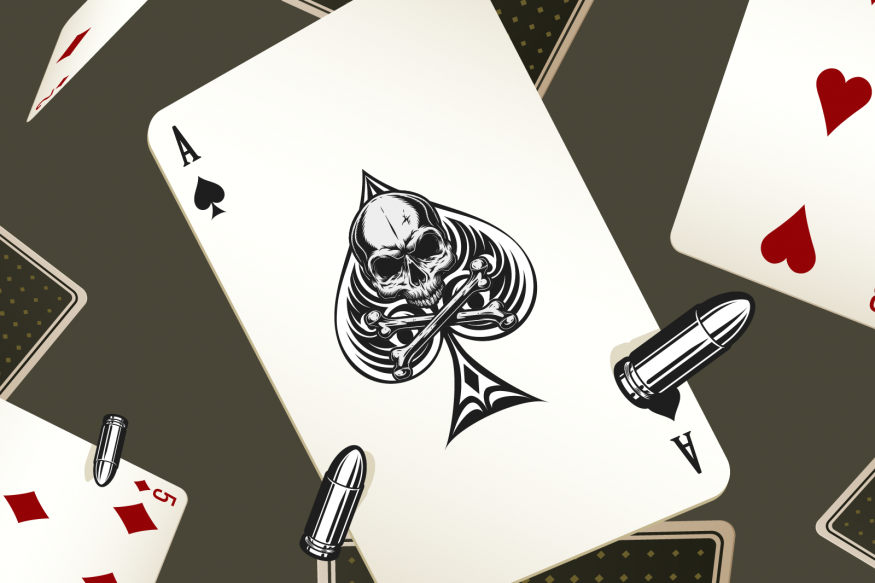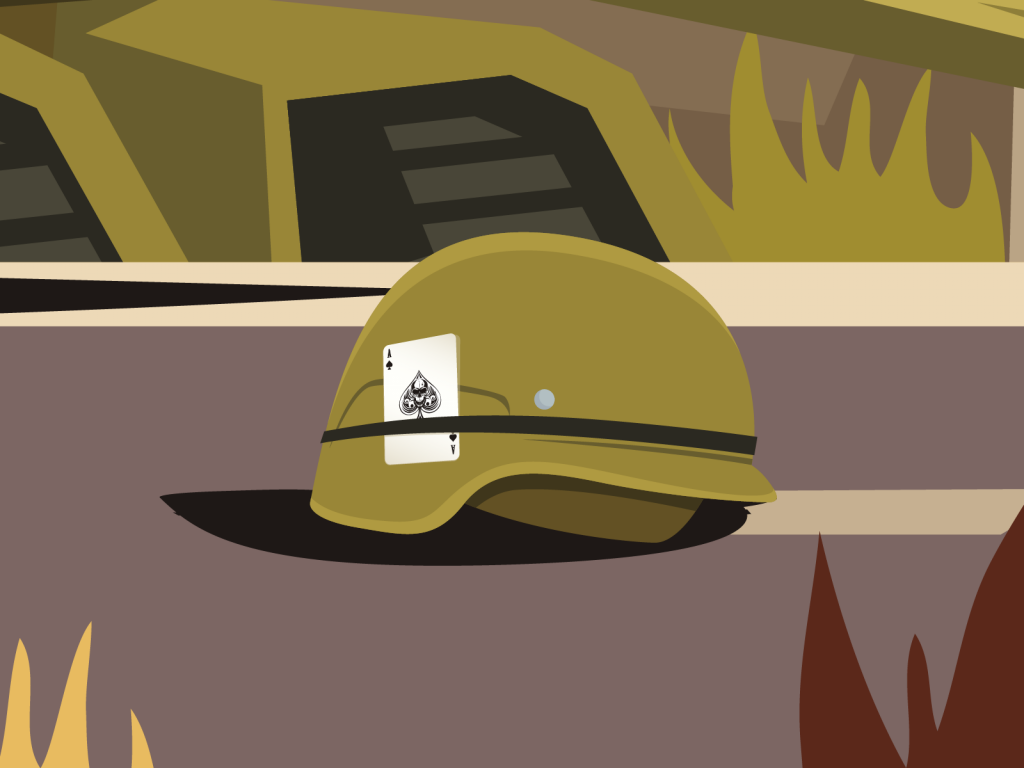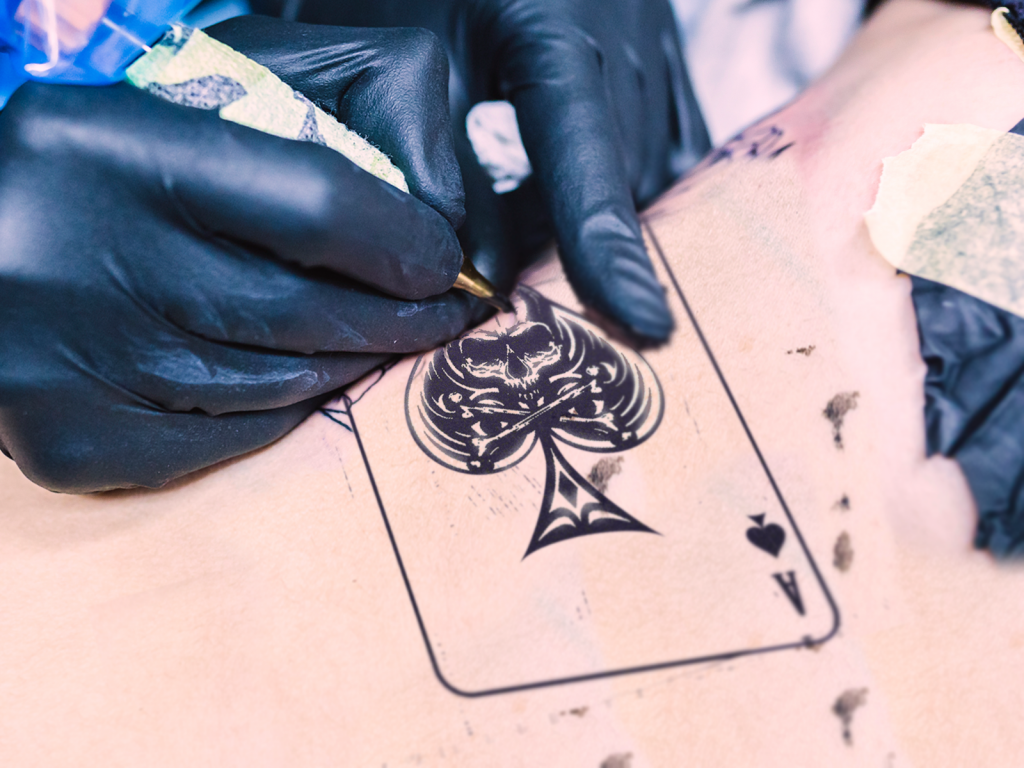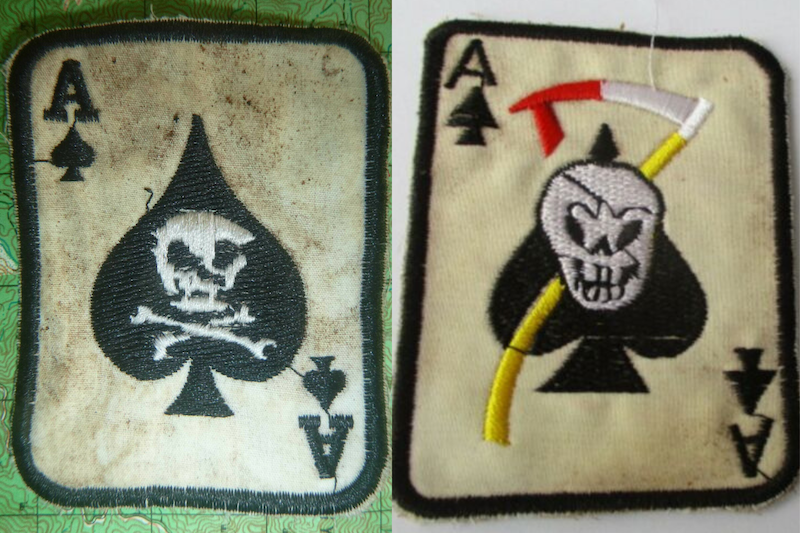The Ace of Spades: From Royalty to the "Death Card"

The Ace of Spades has a unique place in the cultural imagination-recognized both as the highest card in a standard deck and as a symbol intimately tied to superstition, danger, and death. Whether you know it from Motörhead’s hard-hitting anthem or from countless depictions in popular media, this card’s aura is unmistakable. But how did a playing card garner such ominous significance? The journey spans centuries of history, shifting meanings, and dramatic moments on and off the gaming table.
Historical Origins of the Ace of Spades Symbolism
The association of the Ace of Spades with mortality is older than many realize, rooted in both practical history and layers of superstition. The evolution of its dark legend can be traced through several key eras:
- **Medieval Markings:** In medieval Europe, blacksmiths would stamp the Ace of Spades symbol onto their armor and weaponry as a marker of craftsmanship. Given the life-or-death stakes attached to these tools, the symbol acquired an aura of peril and finality.
- **Royal Taxation in the 18th Century:** Under Queen Anne’s reign in England, card manufacturers faced a heavy tax known as stamp duty. As proof of payment, only the Ace of Spades was permitted to bear an elaborate insignia, hand-signed by the maker. Forging this mark was considered a capital crime, punishable by death-a fact that fueled the card’s sinister reputation.
- **Pirate Tradition:** Among pirates, the Ace of Spades became a harbinger of doom. Used as a warning to informers and traitors, its appearance was second in threat only to the infamous skull and crossbones.
Beyond these tangible links, the spade suit itself conjured grim associations, seen as the very shovel that would dig one’s grave.
The Card in Superstition and Folklore
Throughout history, the symbolism of playing cards has been shaped by human fears and beliefs:
- **Calendar Symbolism:** Some traditions interpret the 52 cards in a deck as representing the weeks of the year, with each suit corresponding to a season. Spades are seen as winter, and the Ace marks the Week of Yule, or the “death” of the year-reminding people of the hardships and mortality that the cold season could bring.
- **Wild West Legends:** The American frontier further cemented the card’s ominous image. The death of lawman Wild Bill Hickok in 1876, shot while holding a poker hand made up of black aces and eights-often immortalized as the “dead man’s hand”-fused the Ace of Spades with tales of sudden, violent ends.
The Ace of Spades in the Vietnam War

The aura of the so-called “Death Card” followed soldiers into the jungles of Vietnam, where myth and reality blurred:
- **Psychological Warfare:** Many American soldiers believed that the Ace of Spades would terrify their Vietnamese opponents, who were rumored to hold deep superstitions about the card’s connection to death. Capitalizing on this belief, the United States Playing Card Company shipped thousands of decks containing only this symbol to troops on the front lines.
- **Morale and Intimidation:** Soldiers displayed the Ace on helmets, carried them as tokens, or left them on fallen enemies as psychological messages. While some accounts suggest the card genuinely unsettled local populations, others argue these stories were exaggerated or misunderstood, possibly reflecting Western myths more than Vietnamese beliefs.
- **Pop Culture Impact:** The war-and its cinematic representations, notably in “Apocalypse Now”-further entrenched the Ace of Spades as an emblem of danger, conflict, and fatal consequences.
Modern Cultural Significance

Today, the Ace of Spades endures as a multifaceted cultural symbol-evoking risk, rebelliousness, and the lure of living close to danger.
- **Rock and Motorcycle Culture:** The card is a favorite motif for tattoos, patches, and band logos, especially among musicians and bikers. Its pairing with images of skulls, flames, or reapers amplifies its reputation as an omen of danger and death.
- **Continued Popularity:** The Ace of Spades symbol appears on clothing, accessories, and collector items worldwide. Its persistent association with mortality and luck is echoed in tragic stories, such as when Metallica’s Cliff Burton reportedly drew the Ace on the night he lost his life in a tour bus accident.
- **Tarot and Hope:** In the world of tarot and divination, Aces-even the Ace of Spades (or Ace of Swords)-often indicate fresh beginnings or new cycles. Here, the end signified by death is closely bound up with the promise of renewal and opportunity.

Across subcultures and generations, fascination with the “Death Card” remains undiminished.
The Ace of Spades: Fear, Fascination, and New Beginnings
The Ace of Spades remains a powerful symbol-steeped in history, myth, and popular culture. Its legacy as the “Death Card” intertwines our deepest superstitions with stories of rebellion, risk-taking, and the cycle of life and death. While its appearance can still evoke unease, it just as often represents boldness and rebirth-an emblem not just of endings, but also of new beginnings.













